Rinker & Baker LLP

Rinker & Baker LLP

Rinker & Baker LLP

Rinker & Baker LLP
The $1 trillion bipartisan infrastructure bill has been approved by the US Senate and is headed to the House of Representatives to be voted on this fall.
The Infrastructure Investment and Jobs Act is focused on investment in new and existing roads, utilities, and broadband internet throughout the country. The bill was sponsored by a bipartisan group of senators—including Alaska Senator Lisa Murkowski, a Republican—and includes a significant amount of money earmarked for Alaska across a wide variety of project categories. Examples of the funding specifically earmarked for Alaska projects are provided in the frame at right. For a more exhaustive list, read the bill at https://www.congress.gov/bill/117th-congress/house-bill/3684.
With this huge influx of new money into Alaska for construction of infrastructure projects, Alaska contractors should make sure they are prepared for the requirements of federally funded projects.
What can construction contractors do to prepare?
If planning on bidding on federal procurements, make sure that your SAM.gov registration is up to date. SAM.gov is the government’s portal for all things procurement-related. Maintaining your registration, including any potential small business certifications, is important.
- Approximately $3.5 billion is to be provided over five years to build, repair, and maintain Alaska roads and highways.
- Approximately $225 million for more than 140 bridges classified as “structurally deficient.”
- Approximately $362 million over five years in grants under the Federal Transit Administration, supporting public transportation systems.
- Funding to improve a portion of the Alaska Highway in Canada.
Mining, oil, and gas
- Approximately $4.7 billion to clean up old oil wells, with about $150 million available to tribes involved in such cleanup efforts.
- Approximately $6 billion for battery processing and manufacturing, including grants for processing facilities.
Water and wastewater system repair
- $230 million for the Environmental Protection Agency’s Alaska Native villages grant program, supporting new and improved wastewater and drinking water systems. About 245 communities are eligible.
Ferry service
- Approximately $73 million under the Construction of Ferry Boats and Ferry Terminal Facilities Program.
- A five-year subsidy, with about $200 million per year, for ferry service in rural areas. A portion of that money will go to the Alaska Marine Highway System.
Ports
- $2.25 billion for the Port Infrastructure Development Program, providing funding for ports throughout Alaska.
- $250 million for remote and subsistence harbor construction.
Broadband
- At least $100 million to improve internet access.
Small businesses can investigate what types of potential small business programs they might be eligible for. These include HUB Zone, woman-owned, small disadvantaged business, veteran-owned, or service-disabled veteran-owned. Each of these types has a specific Small Business Administration, or SBA, program designed to help the business obtain federal government contracts. Also consider whether there are other small businesses with which to joint venture. For example, the service-disabled veteran owned small business program allows these businesses to enter into joint ventures with other businesses (either small businesses or SBA-approved mentors) as long as certain requirements are met, such as work percentages.
Large businesses should consider the SBA All-Small Mentor-Protégé program. Mentors can have up to three protégés and each agreement can last up to six years from the date of the SBA approval. This program allows mentors access to small business procurements while also allowing small businesses to develop skills and experience from their large business mentors. Getting started with this process now will keep you ahead of the game because the SBA processing time is up to 105 days, assuming that no changes are necessary to the mentor-protégé agreement.
If you are considering teaming or entering into a joint venture with a small business, make sure to have your joint venture agreement reviewed prior to bidding on a project. The joint venture agreements have changed substantially over the last two years and there are traps for the unwary that could risk having your carefully prepared bid thrown out for not meeting the technical joint venture requirements.
